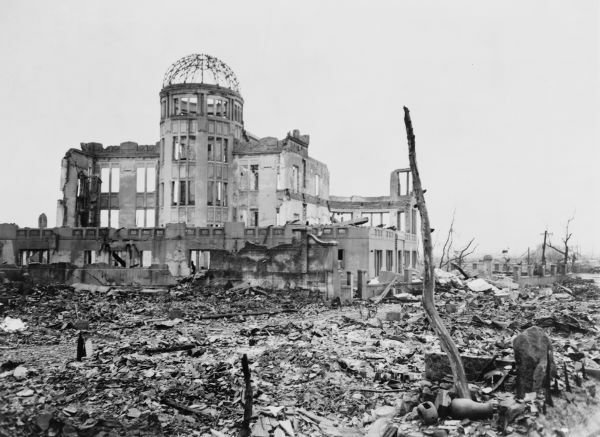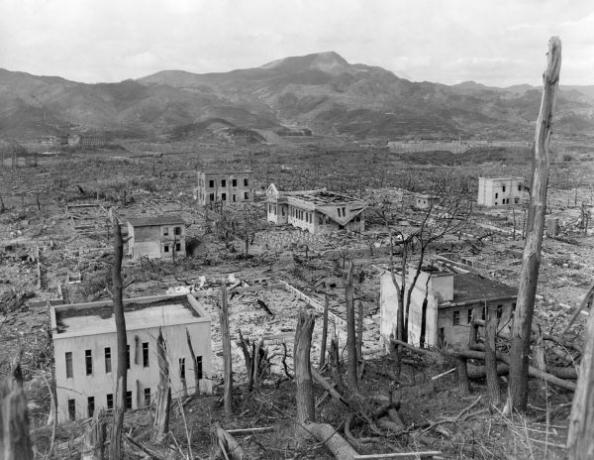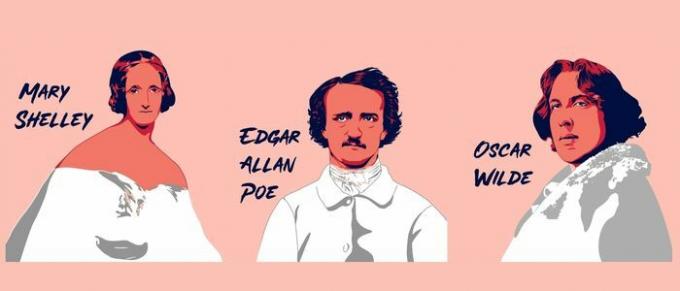On August 6 and 9, 1945, the United States used, for the first time in human history, bombsatomic. They were released over the Japanese cities of Hiroshima and Nagasaki. The purpose of this act was to force Japan to surrender and prevent a probable invasion of that country, which would result in thousands of soldiers allies dead.
Read too: WWII in Asia
Beginning of War in Asia
O conflict between Japan and the United States during the Second World War started after the Japanese attack on the US naval base of pearl harbor, on December 7, 1941. The Japanese attack forced a declaration of war by the United States against Japan. Japan's interest was to definitively remove the American presence from the Asian continent (the USA had military bases in the Philippines).
At first, the Japan was victorious in its actions and managed to conquer countless territories, defeating the disorganized American, English and French in various parts of Asia: Philippines, Malaysia, Singapore, Hong Kong, Burma, Dutch East Indies etc. However, Japanese victories soon turned into defeats.
The American turn in the conflict began after the Battle of Midway, in which the Japanese Imperial Navy was irreversibly damaged. With that, Japan started to accumulate defeats, which little by little cornered the country. In 1945, Japan was a country that was bankrupt by war (starvation was a big problem for civilians) and defeat was imminent.
Potsdam Conference and Manhattan Project

As the Japanese defeat it became evident, the United States together with the Allies (an alliance formed by England, France, USA and, later, the USSR) started to plan the invasion of Japanese territory. However, the difficulties imposed by the Japanese resistance indicated that an eventual invasion would result in the death of thousands of American soldiers.
So, in the Potsdam Conference, the United States presented the weapon that had been developed during the ProjectManhattan and also the idea of using it in the conflict against the Japanese. The Potsdam Conference was held in Berlin in July and August 1945 and imposed the conditions for occupied Germany at the end of the conflict in Europe. At that conference, the terms of the Japanese surrender, known as Potsdam Declaration.
The Manhattan Project began in 1939, when the American president, Franklinroosevelt, received a letter signed by AlbertEinstein warning the United States of a possible German atomic weapons construction project. Since then, the United States, in mobilization with the United Kingdom and Canada, employed thousands of collaborators for the development of atomic bombs.
Read too: Japan after World War II
Dropping atomic bombs on Hiroshima and Nagasaki
With the Japanese refusal to surrender, the Americans chose to use the atomic bomb in the Japanese city of Hiroshima. The attack took place on August 6, 1945 and was carried out by a B-29 bomber called enolagay. The plane was flown by PaulTibbets, which chose the Aioi bridge as its central target.
THE bomb exploded at about 580 meters high and created a small sun, which spread a glare through the city and a wave of energy and heat that was responsible for the almost complete material destruction of the city of Hiroshima, in addition to resulting in 80,000 victims immediate.

Many people were instantly vaporized with the heat of destruction; others, further away from the launch site, were charred. In addition, large fires were registered throughout the city. Despite the great destruction, part of the Japanese government's leadership refused to believe that the United States had another bomb atomic and believed in a final resistance from the Japanese people, which would result in the American defeat, as Charles reported. Pellegrino:
“General Yoshijiro Umezu […] fanatically believed in a last great resistance in which the people of Japan would inflict unacceptable losses on the invading forces on land, and repel them; or die in defeat and take the Americans with them to hell|”1|.
The Japanese refusal caused the United States to use its second nuclear bomb. The bomb should have been dropped in the Japanese city of Kokura, however, the climatic condition of the city caused the pilots to go to Nagasaki. Nagasaki's bomb was 50% more powerful than Hiroshima's, but part of the city was protected by the hills it possessed. Thus, the bomb in Nagasaki killed around 40,000 people immediately. The plane that dropped the bomb over Nagasaki was also a B-29 and was called bock'scar.
Many of the survivors had to live with the pain of large burns spread across the body. Contact with radiation killed many of the survivors in the days that followed, and others lived with the illnesses caused by radiation for the rest of their lives. The affected population suffered from prejudice from the rest of Japanese society and, for years, had to fight for the Japanese government to bear the medical costs. To learn more about, read: Effects of Atomic Bombs on Hiroshima and Nagasaki.
The use of bombs caused Japan to surrender on August 14, 1945. The next day, the declaration of surrender, in the voice of the Emperor Hirohito, was broadcast by radio throughout Japan. Japan's postwar transition was carried out on terms stipulated by the United States.
Note
|1| PELLEGRINO, Charles R. The last train from Hiroshima: the survivors look back. São Paulo: Leya, 2010, p.102.
*Image credits: Everett Historical and Shutterstock
by Daniel Neves
Graduated in History
Source: Brazil School - https://brasilescola.uol.com.br/historiag/bombas-atomicas-hiroshima-nagasaki.htm


